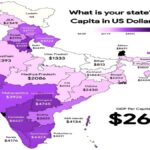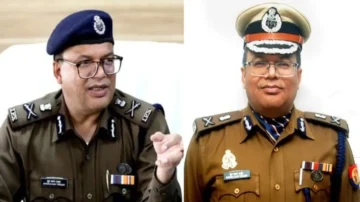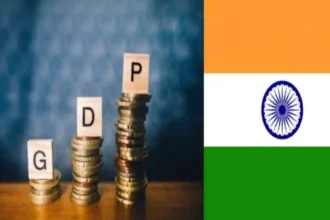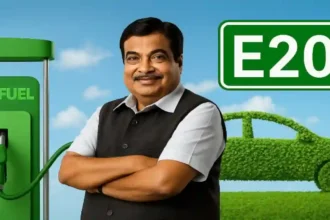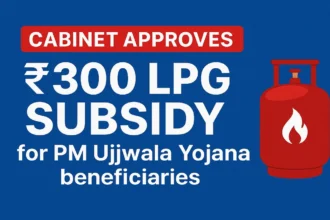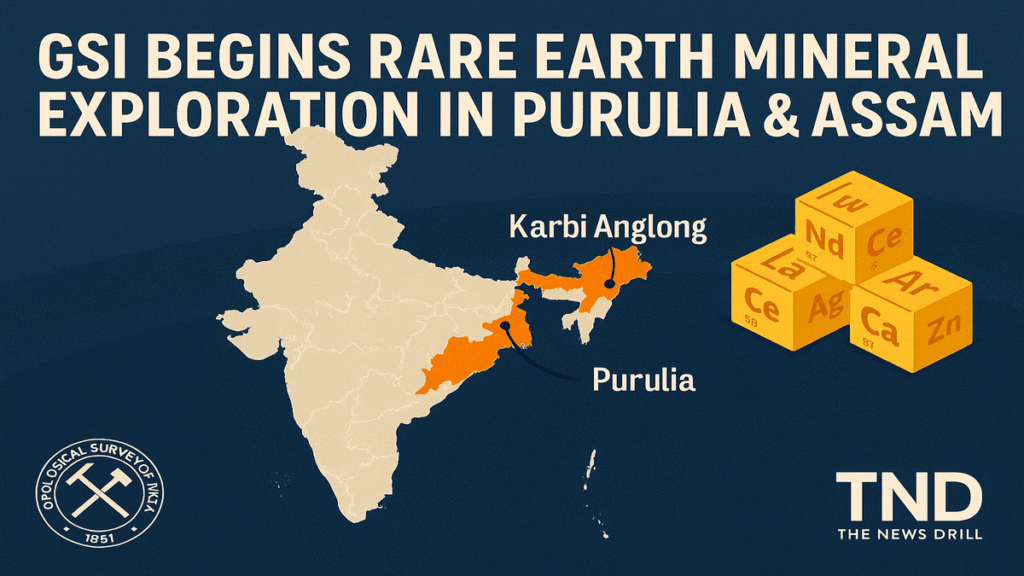
Geological Survey of India (GSI) Rare Earth Mineral Exploration begins G2 level in Purulia and Karbi Anglong: A Strategic Push Towards India’s Resource Independence.
In a major step towards harnessing India’s strategic mineral resources, the Geological Survey of India (GSI) has launched G2 level advanced exploration of rare earth minerals in two mineral rich regions Purulia in West Bengal and Karbi Anglong in Assam. The comprehensive survey, expected to be completed within 12 months, aims to quantify, evaluate, and map economically viable concentrations of rare earth elements (REEs) that are crucial for green technology, defense, and electronics.
This move underscores the government’s growing emphasis on strategic mineral self reliance, particularly as the world navigates a complex geopolitical supply chain for rare earth materials
What Is G2 Level Exploration?
To understand the significance of the GSI rare earth mineral exploration, it’s important to grasp the different stages of mineral exploration. The G2 level, as per the United Nations Framework Classification (UNFC), refers to general exploration that includes geological mapping, trenching, pitting, drilling, and detailed geochemical and geophysical studies. The results provide a reliable estimate of mineral grade, quantity, and spatial distribution.
The G2 level is a crucial stage where discoveries from the preliminary (G3) phase are substantiated and narrowed down for potential extraction.
Why Rare Earth Minerals Are Important for India
Rare earth minerals are a group of 17 elements, including neodymium, dysprosium, terbium, and lanthanum, which are indispensable in manufacturing:
- Wind turbinesElectric vehicle batteries
- Permanent magnets
- Missile guidance systems
- Smartphones and computers
- Satellites and lasers
The global supply of rare earth minerals is overwhelmingly dominated by China, which controls more than 60% of global production. This has raised serious concerns about supply vulnerabilities among major economies, including India.
Hence, the GSI rare earth mineral exploration initiative serves a twofold purpose:
- 1. National security and economic independence
- 2. Boosting India’s clean energy and semiconductor ambitions
Exploration Sites: A Closer Look at Purulia and Karbi Anglong
Purulia District, West Bengal
Located in the westernmost part of West Bengal, Purulia has long been recognized for its rich mica, copper, and uranium deposits. The region is now drawing attention due to signs of rare earth elements, particularly monazite rich pegmatites and alkaline rocks that often host REEs.
According to GSI officials, airborne geophysical surveys and satellite imagery have identified anomalous zones in the Ajodhya Hills and nearby mineral belts. The current G2 survey will involve core drilling, soil sampling, and mineral assays to estimate the deposit’s commercial viability.
Karbi Anglong District, Assam
In northeast India, Karbi Anglong stands out as a geological marvel with a variety of igneous and metamorphic rocks. Previous surveys have hinted at the presence of bastnaesite and xenotime both of which are rare earth mineral bearing ores.
Given the strategic location of Karbi Anglong, this exploration will also be critical from the standpoint of regional development and border security, considering its proximity to India’s northeastern borders.
Officials confirm that the area will undergo detailed geochemical studies and low impact drilling, with local communities being informed and involved throughout the process.
Strategic Goals Behind the GSI Rare Earth Mineral Exploration
India’s strategic mineral exploration is not an isolated endeavor. It’s part of a broader mission launched by the Ministry of Mines, supported by policies such as:
- Critical Mineral List 2023, which includes rare earths as key targets
- National Mineral Exploration Policy (NMEP)
- Collaboration with Atomic Minerals Directorate (AMD) and Indian Rare Earths Limited (IREL)
The GSI rare earth mineral exploration in Purulia and Karbi Anglong aligns with India’s vision to:
- Reduce import dependency on critical minerals
- Enable domestic production of defense and energy components
- Develop indigenous capability in high tech manufacturing
Environmental and Social Considerations
While the economic and strategic benefits are significant, the GSI has clarified that the exploration phase will be non invasive and adhere to strict environmental regulations. As part of its protocol:
- No displacement of local communities will occur during G2 exploration
- Environmental Impact Assessments (EIAs) are being carried out simultaneously
- Local panchayats and tribal councils are being consulted for transparency
In Purulia, which is home to several indigenous communities, social impact studies are also underway to ensure cultural and ecological sensitivity.
GSI’s Expanding Role in Strategic Minerals
Founded in 1851, the Geological Survey of India has evolved from basic mapping to becoming India’s premier geoscientific organization, leading explorations in lithium, cobalt, tungsten, and now rare earths.
In the fiscal year 2024–25, the GSI allocated a significant share of its budget towards critical and rare earth mineral exploration. This included:
- G3 surveys in Rajasthan and Andhra Pradesh
- G4 reconnaissance in Jharkhand and Tamil Nadu
- And now, G2-level surveys in West Bengal and Assam
The growing focus on GSI rare earth mineral exploration reflects a strategic shift in India’s mining policy from extraction to value added production and export capability.
Expert Opinion: What This Means for India
Dr. M.S. Rawat, Geologist and Rare Earth Expert:
“India’s demand for rare earths is increasing exponentially due to EVs and defense production. We have the geological potential, but lacked systematic exploration. This G2 level survey is the first serious step in the right direction.”
Meena Biswas, Environmental Policy Analyst:
“Exploration, especially in ecologically sensitive areas like Karbi Anglong, must be balanced with sustainability. GSI’s engagement with local communities is promising, but monitoring must continue throughout.”
Global Context: India in the Race for Rare Earth Independence
India is not alone in ramping up its search for rare earths. Countries like the USA, Australia, Canada, and Japan are investing billions in securing alternate supplies to break China’s dominance. India’s strategic partnership with Australia on critical minerals trade, and its plans to develop domestic value chains, are crucial components of this movement.
The GSI rare earth mineral exploration thus positions India to play a larger role in the global mineral supply chain a goal consistent with the government’s vision of Atmanirbhar Bharat (Self-Reliant India).
Timeline and What Happens Next
The 12 month timeline laid out by the GSI includes:
- Month 1–3: Surface mapping and soil geochemistry
- Month 4–8: Drilling, trenching, and lab assays
- Month 9–12: Data compilation, resource modeling, and reporting
Once G2 level exploration confirms viable deposits, the next step would be G1 or detailed exploration, followed by a Resource Classification Report that is shared with the Ministry of Mines and potential public private partners for development.
Conclusion
The Geological Survey of India (GSI) rare earth mineral exploration in Purulia (West Bengal) and Karbi Anglong (Assam) marks a critical turning point in India’s quest for strategic mineral security. With rare earths being the backbone of modern technology and defense, this exploration not only represents scientific advancement but also a geopolitical necessity in an increasingly polarized world.
As India accelerates its clean energy goals, boosts indigenous defense manufacturing, and competes in semiconductor and electronics production, the success of this exploration project could be transformative.
Stay tuned with The News Drill for exclusive updates on India’s rare earth journey.
Contact us: contact@thenewsdrill.com
Submit tip or story: editor@thenewsdrill.com Visit our contributor page to become part of India’s grassroots journalism movement.


